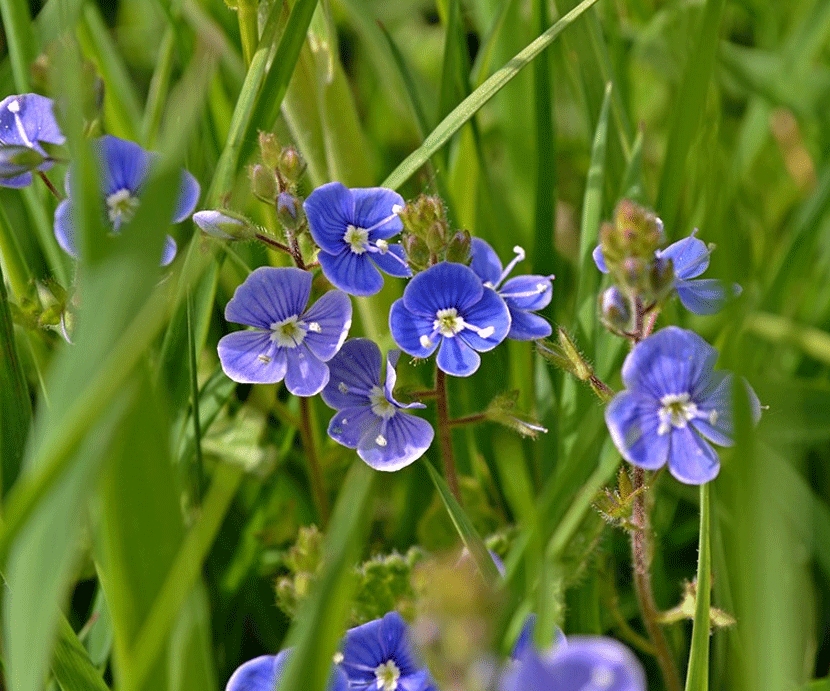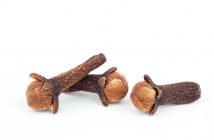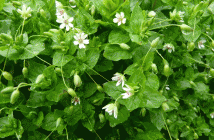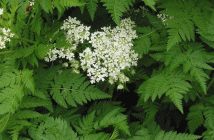 Brooklime (Veronica beccabunga) possesses thick, succulent stems that grow azure-blue flowers from May through late August. The leaves are opposite, short-petioles, oblong to ovate, and either cremate or serrate. Its taste is reminiscent of watercress, albeit more bitter, hence the nickname “mouth smart.” It generally takes root in shallow streams, babbling brooks, and similar waterways.
Brooklime (Veronica beccabunga) possesses thick, succulent stems that grow azure-blue flowers from May through late August. The leaves are opposite, short-petioles, oblong to ovate, and either cremate or serrate. Its taste is reminiscent of watercress, albeit more bitter, hence the nickname “mouth smart.” It generally takes root in shallow streams, babbling brooks, and similar waterways.
Old British herbals cite brook lime for its effectiveness in treating hemorrhoids, diabetic leg ulcers, and skin sores. The expressed juice from the crushed herb may be taken orally or applied directly to the problem itself; mixing the herb with water in a food processor is an efficient means of obtaining a sufficient amount of the juice.
Mary Thorpe Squelch, in Herbs for Daily Use, touted its value in
treating skin, eye, and head conditions. She stated,
Our forefathers had great faith in a medicine called Spring Juice, which, taken freely in the early part of the year, was held to be without rival in clearing the blood and improving the digestion …. A wine glassful of this mixture taken fasting each morning for a week was guaranteed to clear the complexion and brighten the eyes, besides curing persistent headaches and heal-
ING skin troubles. There is every probability that the fraught deserves its high reputation. (Cited in Herman, 1996, p. 96-97)
Also known as water pimpernel, brook lime was an extremely popular blood-purifying herb in Europe and Asia up until the mid-twentieth century. Although still employed to some extent due to its wide¬ranging abundance, it is no longer in favor with practicing herbalists.



